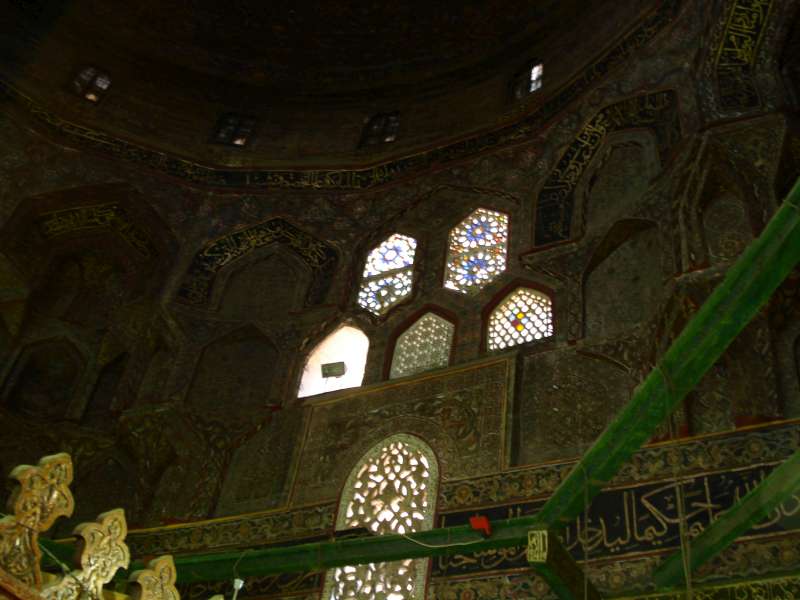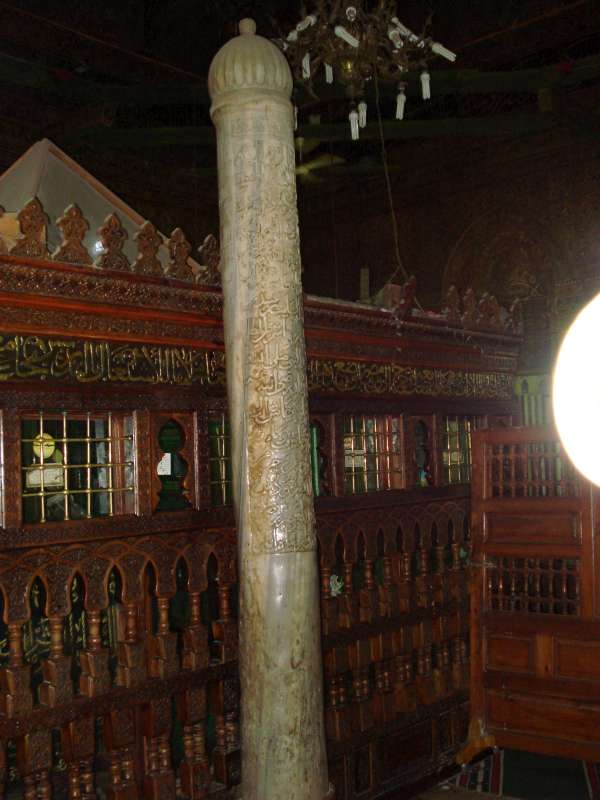
World Monument Photography
July 27, 2024
Deep in the old suburbs of Cairo, an area known as the city of the living dead (given this name since the area was originally a large cemetery, but has become populated with poor people living in make-shift houses), is one of Islam`s iconic monuments, the mausoleum of Imam Al-Shafie. Imam Al-Shafie is the founder of one of the four major schools of Islamic law in the 8th century (the three others being Abu Hanifa, Malik ibn Anas and Ibn Hanbal).

Imam Al-Shafie, whose full name is Imam of Muhammad Idris Al-Abbas Al-Shafie was born in 767AD in the area between the two cities today known as Gaza City and Ashkelon. His lineage extends to the Quraysh tribe in Mecca, which was considered to be the largest and most prestigious in the Arabian peninsula. He moved to Mecca at the age of two, where he later studied Islamic theology. Later he moved to Medina and became a student of Malik ibn Anas.
Al-Shafie was somewhat of a child prodigy. It was said that he memorized the entire Quran at an age of seven. He memorized his teacher`s (Malik ibn Anas) book by age of ten. He became a juror only at the age of fifteen. After several appointments, he became a judge in the royal court of Harun al-Rashid (ruler of the Abbasid Empire at its height). There, he developed his own school of Islamic law.
Personally, Al-Shafie was described as being well groomed, handsome, and extremely eloquent. These qualities helped him present his viewpoint on jurisprudence effectively. He was an excellent debater and an avid chess player. In his most famous book, Al-Risala, Al-Shafie explains his sources of jurisprudence: the Quran, the Prophet`s teachings, logic reasoning by analogy, and scholarly consensus. What is significant about his work, is that it is the first Islamic work to explicitly use forms of logical deduction as a main method of extracting legal doctrines. This theme would be extended by different scholars later on up to the time of Imam Al-Ghazali three centuries later.

Later in his career, he moved to Fustat (present day old city of Cairo) and became a lecturer. He died there in 820AD and is buried there to this day. A mausoleum was built around his grave in 1211AD by Saladin`s brother. It was the first Sunni monument built in Egypt after the Shiite Fatimids were evicted by Saladin in 1171AD.
The mausoleum has several interesting architectural features. The dome of the mausoleum is made of two wooden shells covered with lead. It was restored and essentially rebuilt in 1772. The exterior has strong Fatimid influence. The window and door geometric decorations are influenced by Andalucian architecture. The interior is uncharacteristically colorful and has been modified by different styles throughout the years. The first addition was the teak wooden frame added to the tomb by Saladin in 1178. The teak wood was imported from India. A marble column marking the position of the Imam`s head was added later in the Ayyubid period. The green baize bulb was added in 1892. The lattice screen surrounding the wooden frame was added in 1911.